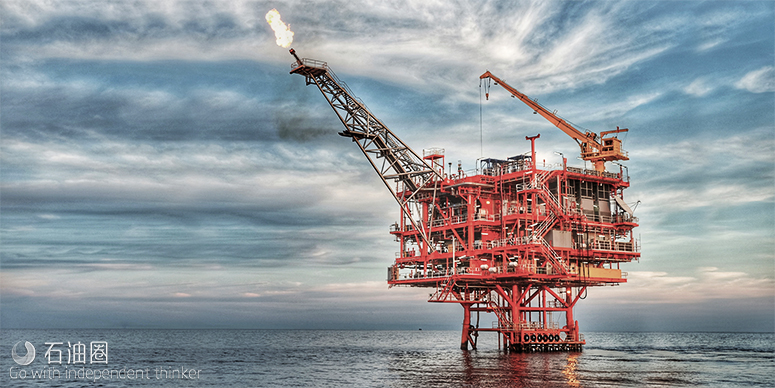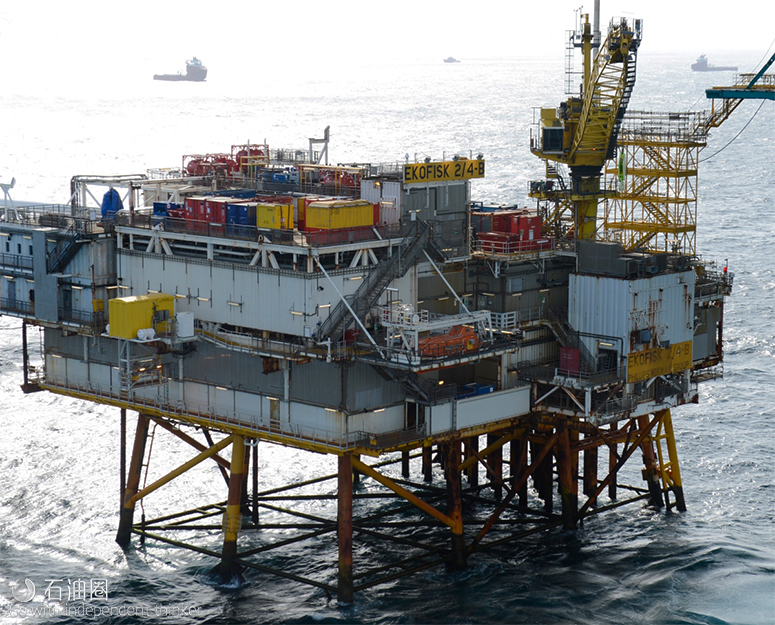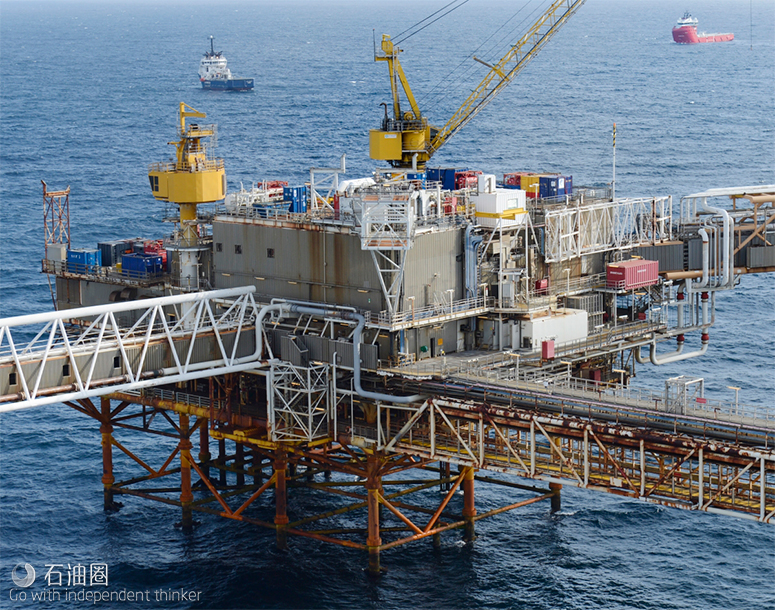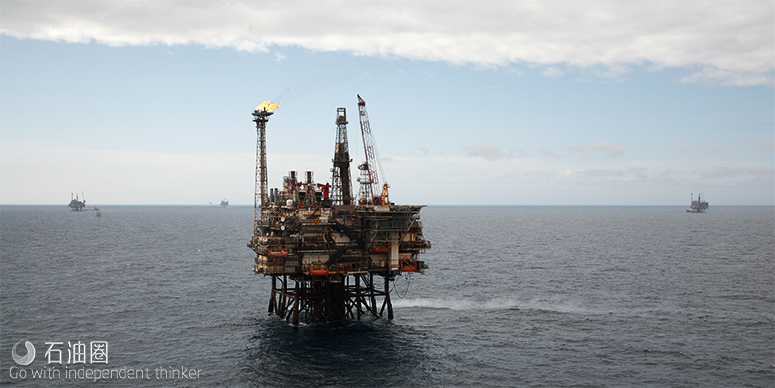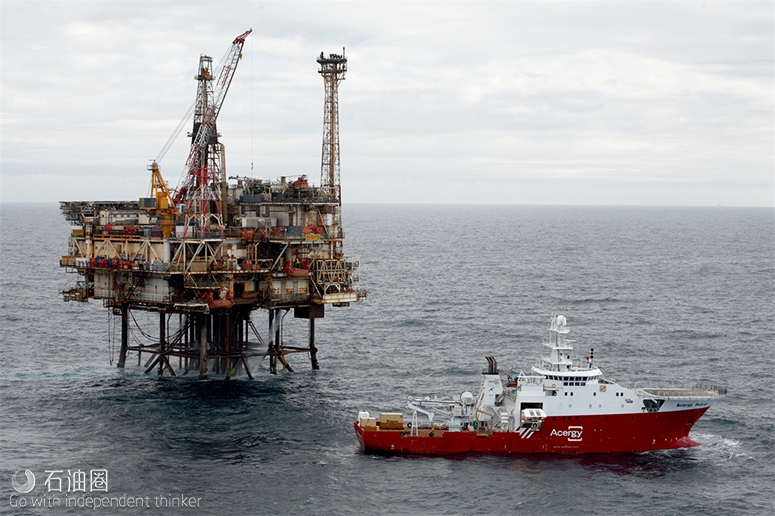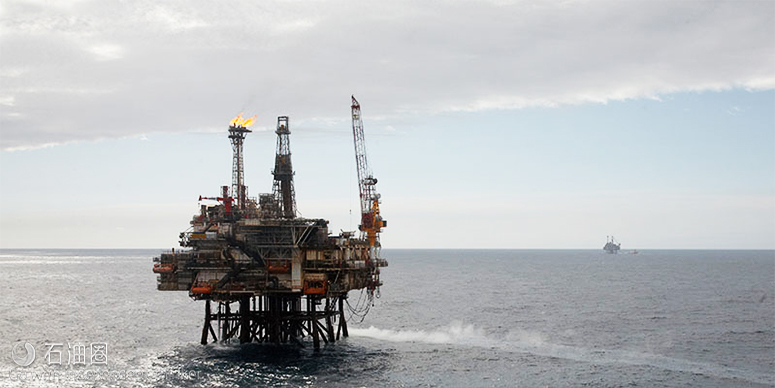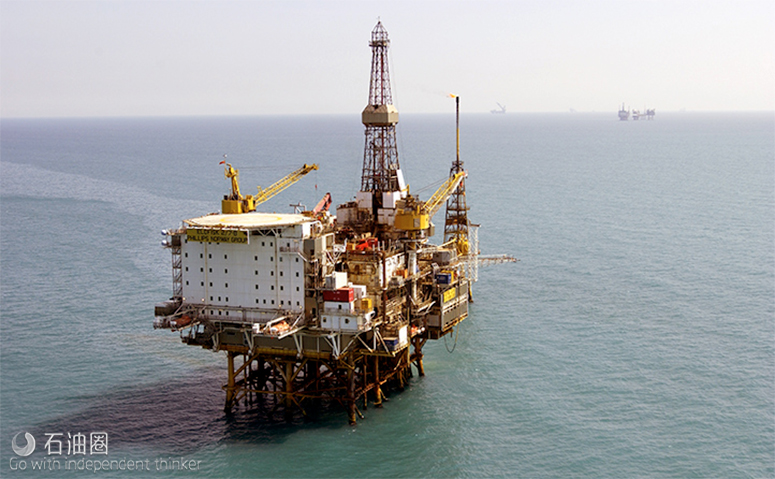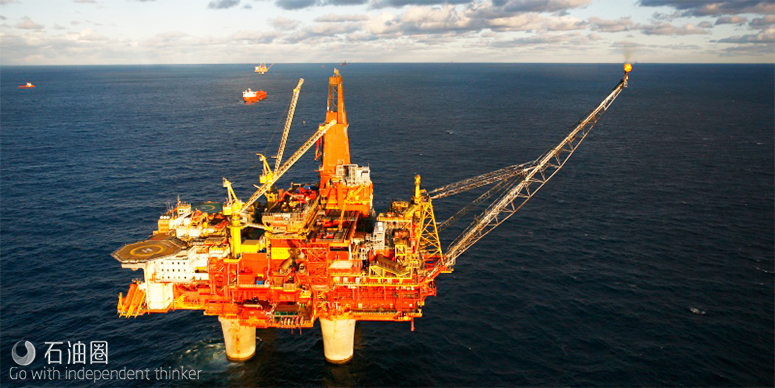Nine of the world’s longest-standing fixed offshore platforms are located in the North Sea, while one is in the Gulf of Mexico, US. Offshore-technology profiles the world’s longest-standing fixed offshore platforms, based on the year of installation.
Statfjord B Platform – 1982
The Statfjord B platform is installed in the southern part of the Statfjord field, which is located in the Tampen area of the North Sea. It was installed in November 1982, along with two other platforms, namely Statfjord A and Statfjord C.
Statfjord B is a 271m-high concrete structure weighing 816,000t. It has a hexagonal base slab measuring 170m-long and 134m-wide. It is operated by Equinor Energy and expected to remain in production until 2025.
The platform was installed using the floatover integration method and has a storage capacity of 302,000 standard cubic metres (scm) or 1.9 million barrels (MMbbl) of oil. It has a maximum processing capacity of 180,000bpd of oil through a single process train. The platform can accommodate 228 people.
Eldfisk B Platform – 1979
Eldfisk B is one of three facilities installed under the initial development plan of the Eldfisk field in the Norwegian sector of the North Sea. Operated by ConocoPhillips, it commenced operations in 1979 and supports nine wells.
The platform is an integrated drilling, wellhead, and process facility located 6km north-east of the Eldfisk Complex, which currently comprises five platforms, including the Eldfisk B, Eldfisk A and Eldfisk wellhead and process facility, Eldfisk E, and Eldfisk S.
Along with the other platforms, Eldfisk B recovers oil from the three structures of the Eldfisk field, including Alpha, Bravo, and ?st Eldfisk. ConocoPhillips is implementing the Eldfisk II project, which is aimed at increasing oil recovery from the field. The project will include the drilling of new wells and the installation of a new integrated platform.
Statfjord A Platform – 1979
Statfjord A was installed in 1979 at the Statfjord field in the UK-Norway border of the North Sea. Operated by Equinor, the platform is a concrete gravity-based structure (CGBS) weighing 200,100t and equipped with topsides weighing 48,000t. The structure has a total height of 270m and a storage capacity of 206,000scm of oil.
The platform is installed in 145m of water and can accommodate 206 people. It has a maximum processing capacity of 300,000bpd through two trains.
In May 2019, Equinor announced plans to decommission the platform by 2022. The 48,000t topside structure of the platform is expected to be removed in a single lift by the Pioneering Spirit vessel. The topside will be dismantled and approximately 98% of the material is planned to be recycled for other purposes.
Cognac Drilling and Production Platform – 1978
The Cognac fixed-steel drilling and production platform weighs 14,000t and features a tubular steel frame. It was installed in 1,025m of water at the Cognac oil and gas field in Mississippi Canyon Block 194 of the Gulf of Mexico, US, in 1978. It was one of the world’s tallest and heaviest drilling and production platforms installed at the time.
Operated by Shell, the platform was developed through in-house design and innovation since no platform was operating at depths beyond 1,000ft at that time. The steel frame of the platform was built in three parts, including a 178ft-high base section, a 300ft middle section and a 650ft top section.
The three parts were floated by a barge on to the site and joined under the sea by divers at depths of 1,000ft. The 178ft-high base section of the platform is anchored to the seafloor through 24 piles measuring 7ft in diameter.
Forties Delta Platform – 1975
Forties Delta was installed in 1975, along with five other platforms for the development of the North Sea Forties field, which is one of the largest fields in the UK. Operated by Apache Corporation, it is a four-legged steel platform that processes oil from platform-drilled wells.
The platform is equipped with two three-phase separator vessels for processing produced oil and two gas compressors for natural gas liquids (NGLs) recovery. It is also equipped with two lift gas compressors, and oil export and pressure boosting equipment.
Forties Delta is capable of processing sweet crude oil or fluids, which are transported to the Forties Charlie platform and onto Cruden Bay through the Forties pipeline system (FPS).
Forties Bravo Platform – 1975
Forties Bravo is a manned, four-legged steel wellhead platform installed in 1975 and operated by Apache Corporation. It is installed along with the Forties Alpha, Forties Charlie, Forties Delta, and Forties Echo platforms at the Forties field in the North Sea.
The platform does not feature any processing or separation facilities except certain basic processing and utility systems for removal, treatment, and disposal of produced water from bulk produced fluids.
All the produced fluids from the platform are transported to the Forties Charlie platform for processing and export to Cruden Bay through the FPS. The platform can handle sweet crude oil or fluids with low levels of H2S and CO2.
Forties Charlie Platform – 1975
Operated by Apache Corporation, Forties Charlie is a four-legged fixed steel structure featuring a 31,000t jacket. It is installed in water depths ranging between 95m and 128m and designed to serve as a central processing and gathering hub for the entire production from the Fortis field located in the North Sea.
It processes oil produced from wells drilling using the platform, as well as multi-phase produced fluids received from the Forties Bravo platform. The Forties Charlie platform is equipped with two three-phase separator vessels, of which one is dedicated to processing fluids from the Forties Bravo platform.
Processed oil and NGLs are combined with oil from the Forties Alpha, Delta, and Buchan Alpha platforms and sent to Cruden Bay through the FPS.
Forties Alpha Platform – 1975
Forties Alpha is a four-legged fixed-steel platform installed in water depths ranging between 95m and 128m. Located 177km off Aberdeen in the UK North Sea waters, it commenced operations in 1975 and is operated by Apache Corporation.
The platform features two parallel three-phase separator vessels for single-stage separation. It processes oil from the Forties, Maule, and Bacchus fields and transports it to the Forties Charlie platform and further to the Cruden Bay through the FPS.
A satellite platform bridge-linked to Forties Alpha platform was installed in 2013, which enhanced separation and gas processing capacity. The 6,000t steel structure is installed in 106m of water and supported by 12 tubular steel piles. It is equipped with additional production gas and lift gas compressors.
Ekofisk 2/4 C Platform – 1974
The Ekofisk 2/4 C is an integrated production and compressor platform that commenced operations in 1974. It is installed in 70m of water at the Ekofisk field, which is one of the first fields to commence operations in the North Sea.
Operated by ConocoPhillips, the platform has 12 wells, out of which nine are gas injection wells and the remaining produce oil, gas, and condensate. The produced hydrocarbons are transported first to the Ekofisk 2/4 J platform for separation and processing and further to the Teesside and Emden processing plants.
The platform is permanently staffed with operations personnel and is bridge-connected to the Ekofisk 2/4 H, Ekofisk 2/4 Q, and Ekofisk 2/4 X platforms.
Ekofisk 2/4 B Platform – 1974
The Ekofisk 2/4 B is a combined production and drilling platform operated by ConocoPhillips. Located 2.3km north of the Ekofisk Complex in the North Sea in 70m of water, the platform commenced operations in 1974.
The platform includes 24 oil and gas production wells and is operated from the control room of the Ekofisk 2/4 K-B platform. The two platforms are linked through a gangway and have common operations personnel. The produced oil the gas from the Ekofisk 2/4 B platform is sent to the Ekofisk Complex through pipelines.
In April 1977, a blowout occurred at the platform causing one of the biggest oil spills on the Norwegian Continental Shelf (NCS). The blowout resulted in the enforcement of more stringent safety and environmental regulations on the NCS.

 石油圈
石油圈